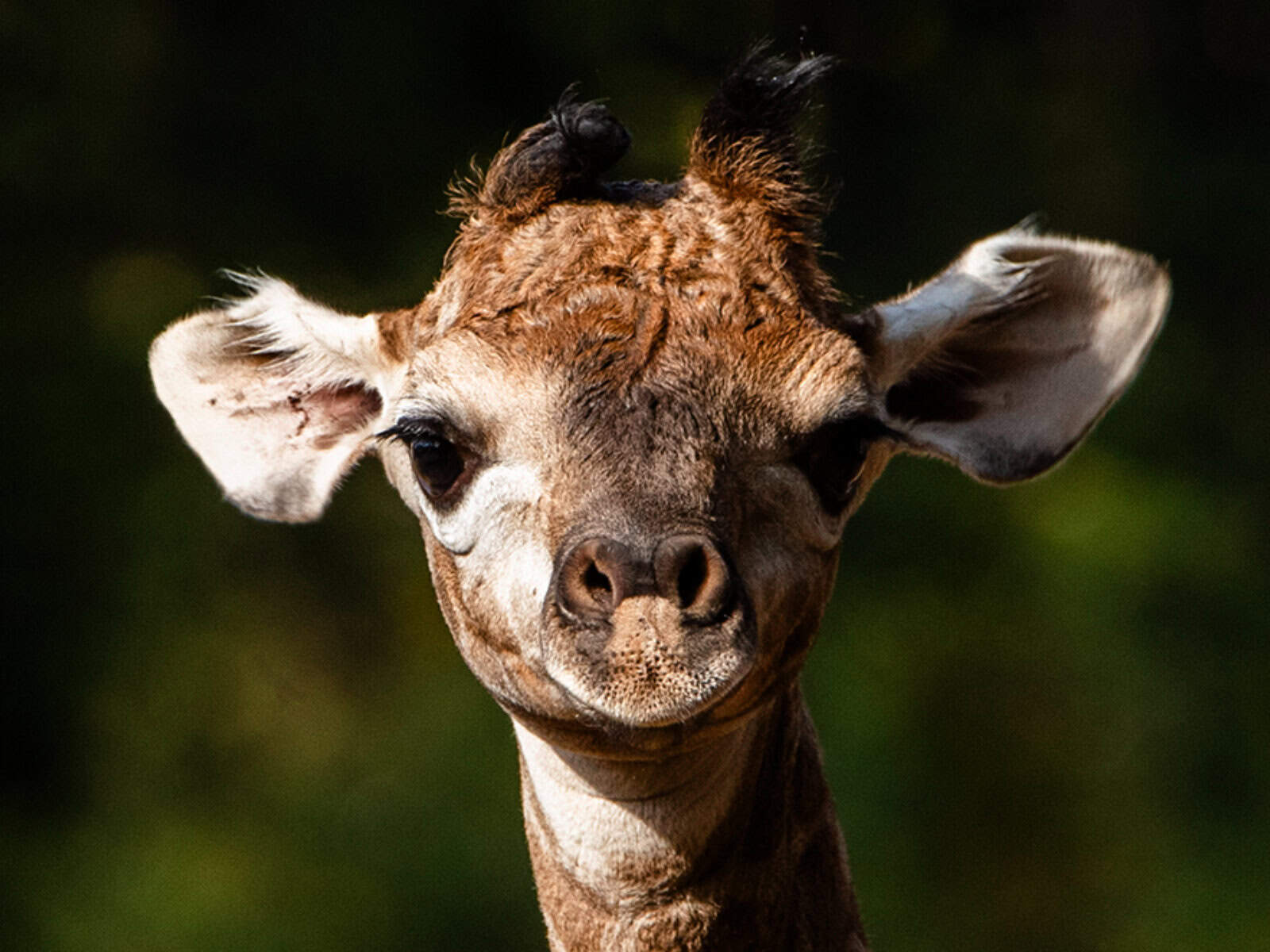A baby giraffe was born at Pretoria Zoo earlier in June, becoming the fifth member of the facility's tower.

The Pretoria Zoo has welcomed a new addition to its diverse collection of majestic animal species.
A giraffe calf became the fifth giraffe at the National Zoological Gardens (NZG) after its birth earlier in June.
Given the name Enzo, it was born less than two weeks before the conservation community celebrates World Giraffe Day, which is on 21 June.
Longest day of the year
To acknowledge the unique physique of the world’s tallest land animal, the longest day of the year in the Southern Hemisphere is chosen as the day to honour the giraffe.
Enzo joins its mother Momo, breeding bull Bonito and two young giraffes, Tiago and Azuri, as the other long-necked animals at Pretoria Zoo.
“Our team has decided to name the new calf Enzo, meaning ‘ruler of the estate’, says Carol Thobela, curator of carnivores, pachyderms, and farmyard animals at NZG.
“It’s a strong, bold name that suits the energy we have seen already, even though we don’t yet know if Enzo is a male or female, the name reflects the confidence and spirit of this little one,” Thobela added.
The South African National Biodiversity Institute (Sanbi) states that the zoo is vital for animal welfare and public education objectives that focus on preserving animals for future generations.
“World Giraffe Day is not just about admiring Africa’s gentle giants; it is a day dedicated to raising awareness and support for the conservation of giraffes, who are increasingly threatened by habitat loss, poaching, and deteriorating ecological infrastructure,” the institute stated.
Giraffe subspecies
Giraffes fall into four distinct subspecies scattered across the African continent.
The Northern Giraffe’s natural habitat is along the Sahel and Savannah regions stretching across the southern extremities of the Sahara.
The Reticulated giraffe is native to areas near Kenya’s border with Somalia, while the Masai giraffe inhabits regions along the Tanzania-Kenya border.
Based on the Giraffe Conservation Foundation’s figures, the Northern giraffes’ numbers sit at roughly 7 000, while the Reticulated and Masai subspecies total 20 000 and 43 000, respectively.
The Southern giraffe’s numbers are approaching 70 000, with the animals scattered across Namibia, Botswana, Zimbabwe, South Africa and southern Mozambique.
“According to new genetic classifications, the NZG giraffes are assumed to belong to the Southern giraffe subspecies, though genetic testing has not yet been conducted to confirm this,” says Tracy Rehse, Director of Animal Conservation.
“Understanding subspecies helps us align our animal management practices with conservation science and ensures we’re contributing meaningful data to global conservation efforts,” Rehse added.
To mimic a giraffe’s tree-top grazing, food is offered using elevated feeders, and NZG follow a detailed enclosure management plan and a diet sheet created by a specialist team.
“Night shelters and a surrounding wet moat provide security and comfort, taking into account the giraffe’s natural reluctance to cross water,” Sanbi explained.
NOW READ: Here are the new additions to Pretoria Zoo’s aquarium






